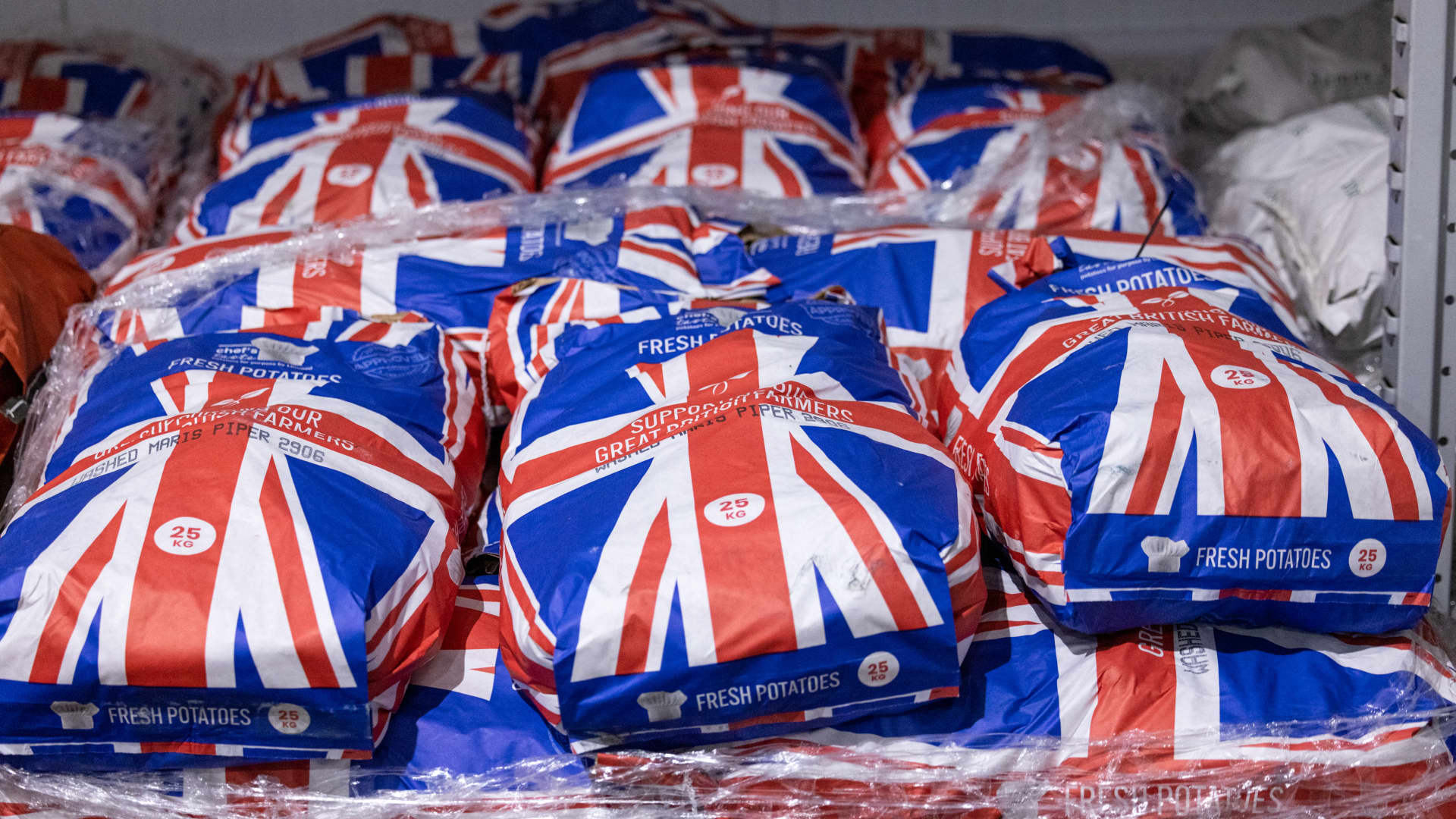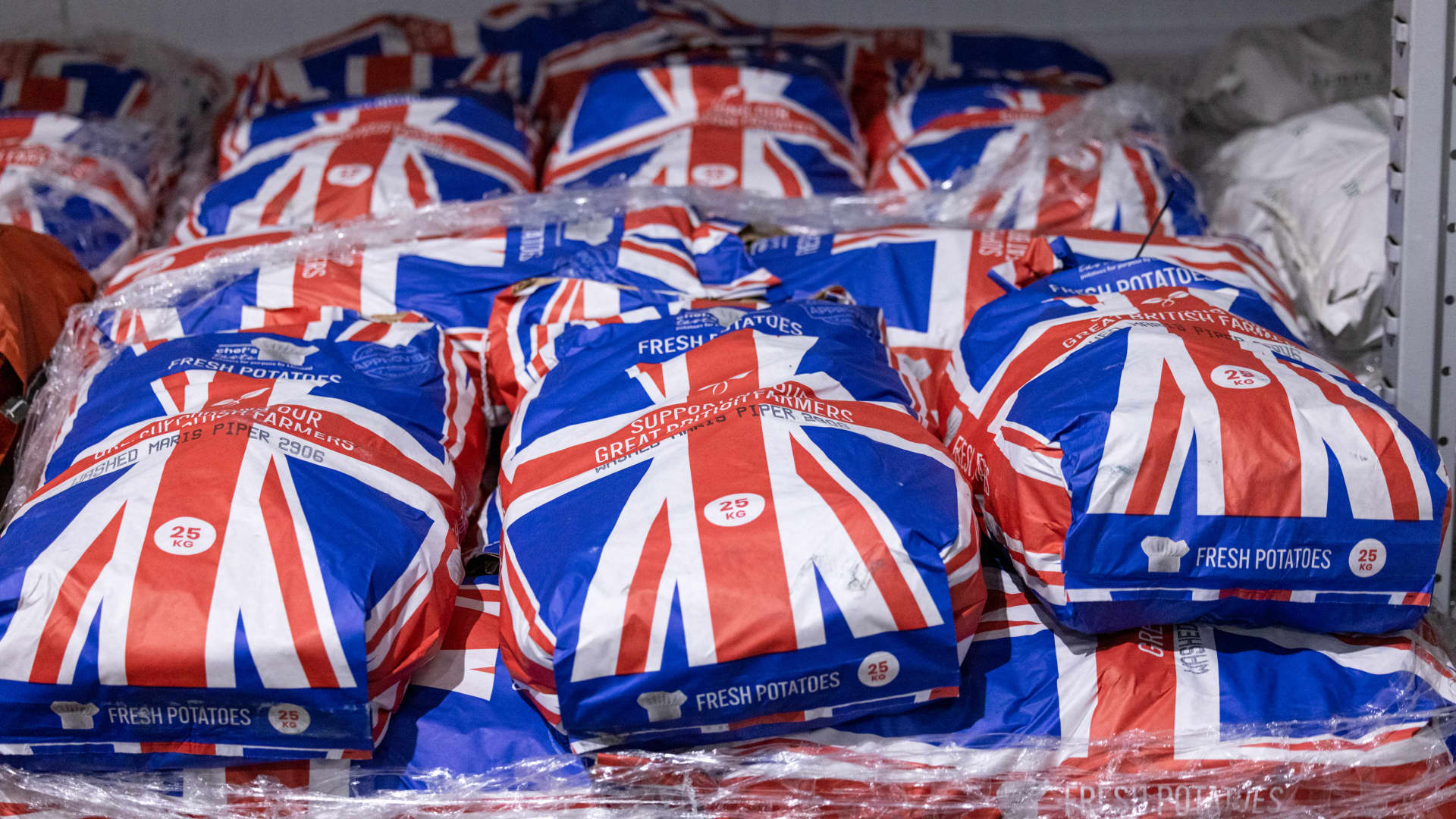Understanding UK Inflation: A Deep Dive into May 2024 Data
The UK’s economic narrative is intricately woven with the threads of inflation, and the latest figures from May 2024 paint a picture that is both hopeful and cautious. The Office for National Statistics (ONS) reported an annual inflation rate of 3.4% for May, a slight dip from April’s 3.5%. While this aligns with analyst predictions and Bank of England (BoE) forecasts, the story beneath the surface is more complex, influencing current economic policies and future projections.
The Headline Inflation Story
The slight decrease from 3.5% to 3.4% continues a downward trend from the October 2022 peak of 11.1%, the highest in four decades. This deceleration suggests that BoE measures are taking effect, but the pace of decline has been irregular. April’s unexpected increase to 3.4%, driven by energy bill hikes, raised concerns about persistent inflationary pressures. May’s figure, though expected, doesn’t indicate a clear victory over inflation.
Core Inflation: The Underlying Pressure
To grasp the broader inflationary landscape, we must examine the core inflation rate, which excludes volatile components like energy, food, alcohol, and tobacco. In May, core inflation rose to 3.5% year-on-year. This increase, despite the overall headline inflation easing, indicates that domestically generated inflation remains high. The gap between headline and core inflation presents a challenge for policymakers, who must address both overall price stability and underlying inflationary forces.
Sectoral Influences: Food and Transport
Breaking down the 3.4% inflation rate reveals specific sectoral impacts. Food prices surged in May, rising at the fastest pace in over a year. This increase countered downward pressure from other areas, notably transport costs. Air fares, which had spiked in April, corrected in May, contributing to the overall easing of transport-related inflation. This volatility underscores the impact of temporary factors and base effects on monthly inflation figures. The volatility in food prices is particularly worrisome, affecting household budgets and potentially fueling further inflationary expectations.
Public Expectations and Monetary Policy
Beyond the data, public inflation expectations remain high. Despite falling headline inflation, medium-term expectations are at multi-year highs. This is crucial, as sustained high expectations can become self-fulfilling, influencing wage demands and business pricing strategies.
The BoE is attentive to these expectations as it shapes monetary policy. The May 2024 Monetary Policy Report showed a 7-2 vote to keep the Bank Rate at 5.25%. While some members pushed for a rate cut, the majority chose to hold steady, citing persistent inflationary risks. The May data, released just before the BoE’s June meeting, was pivotal in informing their decision. Despite the 3.4% figure, an immediate rate cut is unlikely, as the BoE prioritizes price stability.
Economic Forecasts and Future Outlook
Economic forecasts for UK inflation vary. Before the May data release, predictions ranged from 3.2% to 3.6%, reflecting economist uncertainty. The BoE projects that CPI inflation will rise, peaking at 3.5% in Q3 2025, driven by anticipated energy price increases and other factors. Looking ahead to May 2025, the Monetary Policy Report suggests a CPI inflation rate of 3.4%, indicating a prolonged period above the BoE’s 2% target. This necessitates continued vigilance and potential further monetary policy adjustments. Detailed inflation data from the ONS will aid in refining these projections and understanding price change drivers.
Global Context and Market Reactions
The UK’s inflation situation unfolds against a backdrop of global economic uncertainty. US Federal Reserve policies and Middle East geopolitical tensions influence market sentiment and economic forecasts. European markets reacted cautiously to the UK inflation data, opening lower amidst broader global economic concerns.
The fact that UK inflation met expectations rather than surprising suggests market acceptance of the current trajectory. However, persistent core inflation and elevated public expectations pose risks to the economic outlook.
The Road Ahead: Navigating Uncertainty
The UK’s 3.4% inflation rate in May 2024 signifies a fragile stability. While the downward trend from the 2022 peak is encouraging, persistent core inflation, rising food prices, and elevated public expectations demand caution. The BoE faces a delicate balancing act—maintaining price stability without stifling economic growth. The May data, though expected, doesn’t provide a clear signal for immediate policy changes. The coming months will be crucial in determining whether the UK can sustainably navigate the path back to the 2% inflation target or if further economic headwinds lie ahead. The situation remains dynamic, requiring ongoing monitoring and a flexible policy response.












